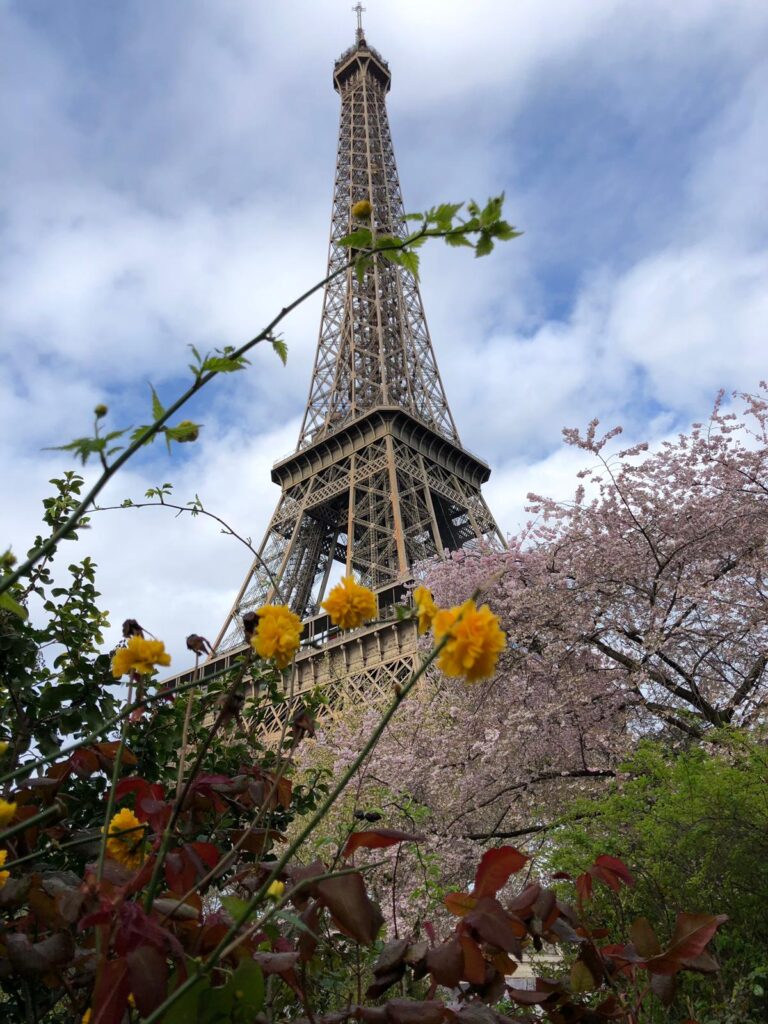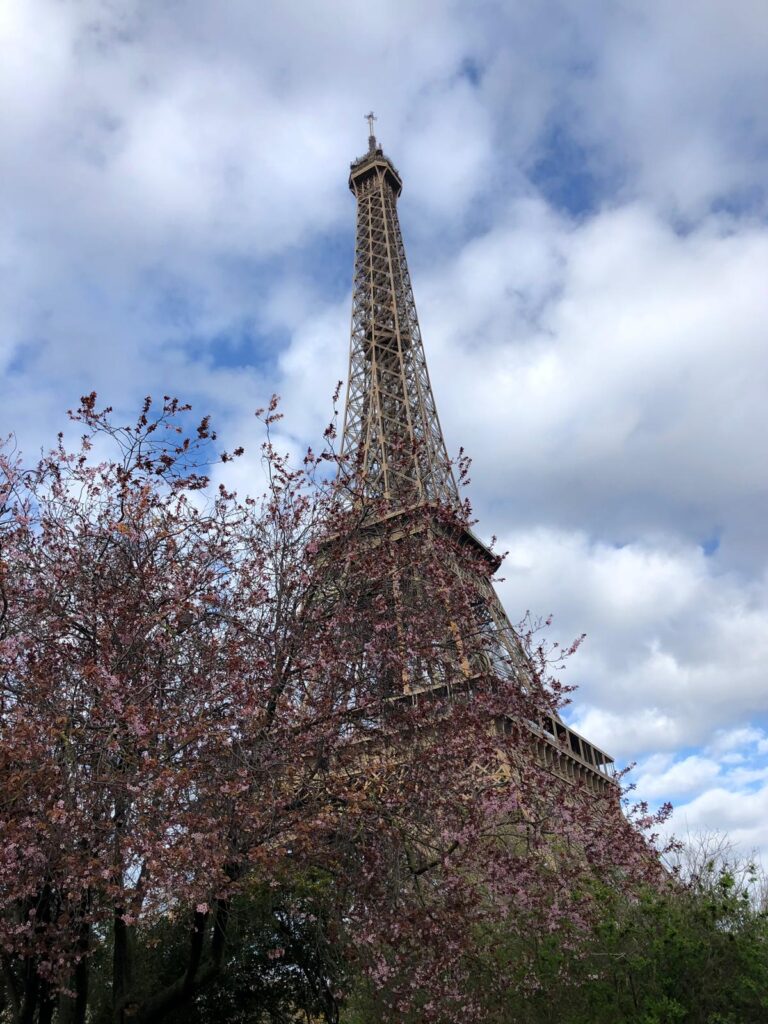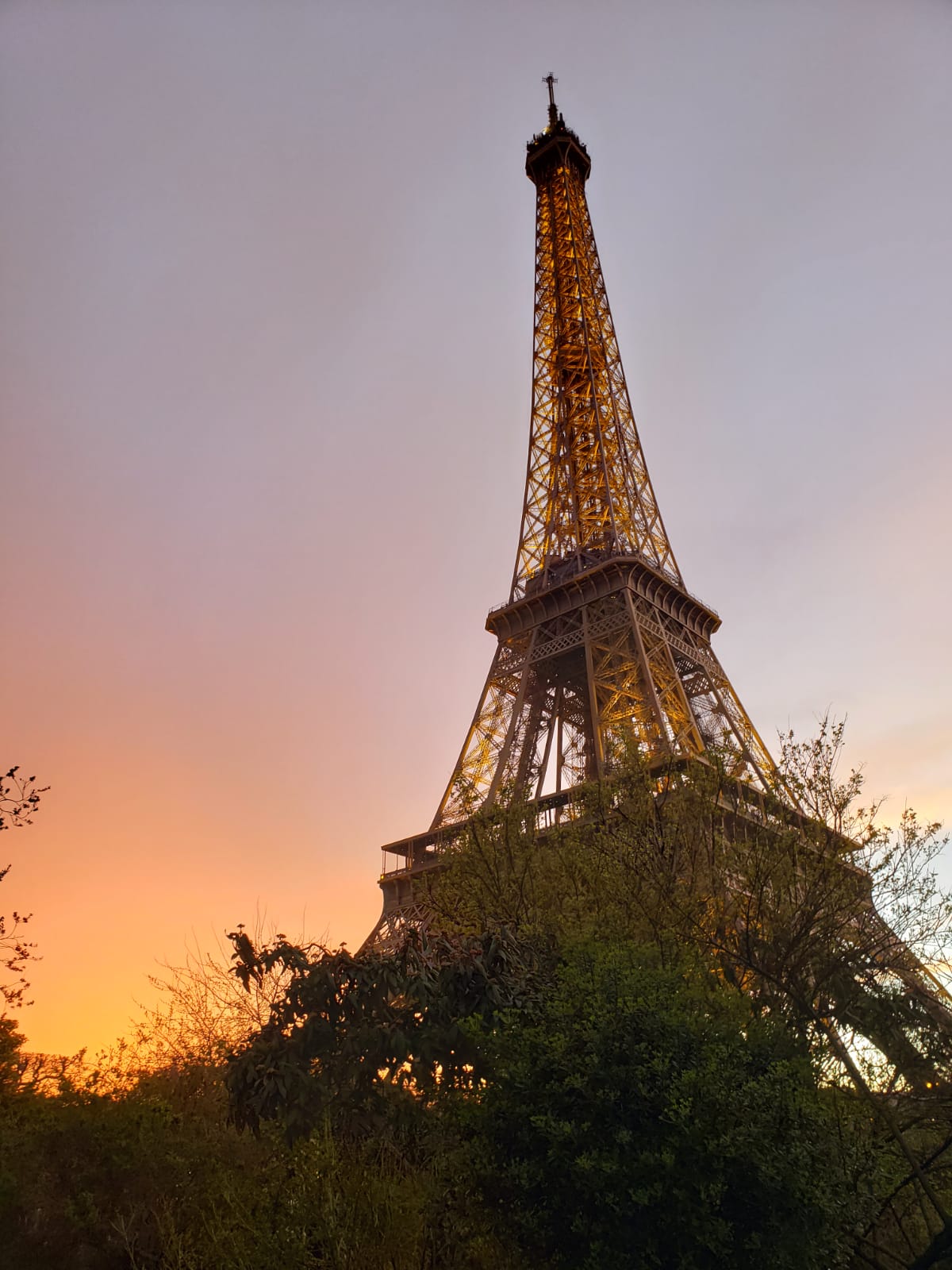History: The Eiffel Tower’s creation was a result of the ambitious vision of Gustave Eiffel, a prominent French engineer and architect. In the late 19th century, Paris was preparing to host the 1889 Exposition Universelle, a world’s fair aimed at showcasing France’s achievements in various fields and celebrating the centennial of the French Revolution. This monumental event provided an opportunity to demonstrate France’s prowess in engineering and design. Gustave Eiffel and his team were selected to design a centerpiece for the exposition. The tower they envisioned was not just intended to be a temporary attraction for the fair but was also planned to serve practical purposes, including scientific research and telecommunication. Eiffel had already gained recognition for his engineering work, especially his involvement in constructing iron bridges.

Construction of the tower began in January 1887 and took around two years, two months, and five days to complete. The tower was meticulously assembled using over 18,000 iron parts and more than 2.5 million rivets. It was a remarkable feat of engineering for its time, employing advanced techniques in iron construction. However, the tower’s design and purpose faced criticism and skepticism from some quarters. Many people considered its unique and unconventional appearance to be out of place in the elegant and historical city of Paris. Some artists and intellectuals even signed a petition opposing its construction, referring to it as an “odious column of bolted sheet metal.” Yet, despite the initial resistance, the Eiffel Tower was completed and unveiled to the public on March 31, 1889, as the centerpiece of the Exposition Universelle. It towered above Paris, capturing the imagination of both locals and visitors. Its unique lattice structure, composed of iron beams, showcased a harmonious blend of engineering precision and artistic innovation. Over time, opinions about the tower gradually changed. Its practical applications in fields like meteorology and telecommunication proved its value beyond its aesthetic appeal. Moreover, the tower’s increasing popularity among tourists and its unique silhouette against the Parisian skyline contributed to its acceptance as a symbol of modernity and progress.
Today, the Eiffel Tower stands as a beloved symbol of Paris and France, embodying the city’s spirit of innovation and artistic expression. It serves as a testament to Gustave Eiffel’s engineering genius and his ability to create an enduring masterpiece that has left an indelible mark on the world’s architectural and cultural landscape.
Height: Impressive Heights:
The height of the Eiffel Tower is a testament to the engineering marvel it represents. The tower’s overall height, including its antenna, measures approximately 324 meters (1,063 feet). Its original height without the antenna is about 300 meters (984 feet). This remarkable stature made it the tallest man-made structure in the world at the time of its completion in 1889. When the Eiffel Tower was unveiled to the world as the centerpiece of the 1889 Exposition Universelle in Paris, it instantly became a symbol of innovation and modernity. Its towering presence was unmatched, and it dwarfed any existing structures of the era. This remarkable feat of engineering and design captivated the imagination of people worldwide and showcased France’s mastery in architectural and engineering achievements. For over four decades, the Eiffel Tower retained its title as the tallest man-made structure in the world. It held this distinction until the completion of the Chrysler Building in New York City in 1930. The Chrysler Building’s spire gave it the extra height needed to surpass the Eiffel Tower. Despite losing the title of the world’s tallest structure, the Eiffel Tower continued to be renowned for its elegance, engineering brilliance, and cultural significance.
Height Increase Due to Antenna: the Eiffel Tower’s antenna significantly contributes to its total height. The antenna, which was added to facilitate telecommunication transmissions, was not part of the original design. It was added later, in the early 20th century. This addition increased the tower’s overall height, solidifying its status as an enduring symbol of technological advancement.

Location: The Eiffel Tower is located in the Champ de Mars park on the Champ de Mars, a large public greenspace near the Seine River in Paris, France. Its exact address is Champ de Mars, 5 Avenue Anatole France, 75007 Paris.
How to Get There from the Airport: Paris has two main airports: Charles de Gaulle Airport (CDG) and Orly Airport (ORY). From either airport, you can easily reach the Eiffel Tower via various transportation options, including:
- Public Transportation: Both airports are well-connected to the Parisian public transportation network. You can take the RER B train from Charles de Gaulle Airport to the city center and then transfer to the metro. From Orly Airport, you can take the Orlyval light rail to Antony station and then transfer to the RER B.
- Taxis and Rideshare: Taxis and rideshare services are readily available at both airports. The journey to the Eiffel Tower will take around 30-60 minutes depending on traffic.
- Airport Shuttles: Many hotels also offer shuttle services to and from the airport. Check with your accommodation for availability.
Restaurants and Hotels Nearby: There are several restaurants and hotels near the Eiffel Tower that cater to a wide range of budgets. Some notable options include:
Restaurants:
- 58 Tour Eiffel: A restaurant located on the Eiffel Tower itself, offering a unique dining experience with panoramic views of the city.
- Le Buffet: Situated on the Eiffel Tower’s first floor, this restaurant offers a buffet-style dining experience.
- Le Bistro Parisien: Located on the Seine River’s edge with stunning views of the tower, offering French cuisine.
Hotels:
- Pullman Paris Eiffel Tower: Offers views of the tower and is conveniently located within walking distance.
- Shangri-La Hotel Paris: Luxury hotel with Eiffel Tower views and opulent accommodations.
- Hotel Eiffel Seine: Offers a range of room types with views of the tower and the Seine River.
Best Time to Visit: The Eiffel Tower is a popular tourist attraction year-round, but the best time to visit largely depends on your preferences. Spring (April to June) and fall (September to October) offer pleasant weather and smaller crowds. The tower is beautifully illuminated at night, so an evening visit provides a magical experience. However, keep in mind that lines can be long during peak tourist season, so consider purchasing tickets in advance to save time. Please check this link for a tour, combining Seine River Cruise, best value in my opinion.
In conclusion, the Eiffel Tower stands not only as an architectural marvel but also as a symbol of historical significance and artistic achievement. Rising proudly from the heart of Paris, this iconic structure embodies the fusion of engineering innovation and aesthetic beauty. Its lattice framework reaches skyward, a tangible representation of human ingenuity that has stood the test of time and captured the admiration of generations. Beyond its structural grandeur, the Eiffel Tower offers an unparalleled vantage point to behold the splendor of the City of Light. Its sweeping views encompass the charming streets, elegant boulevards, and iconic landmarks that define Paris. From its lofty heights, one can appreciate the juxtaposition of old-world charm and modern vibrancy that makes Paris a truly unique and captivating destination.
To stand beneath the Eiffel Tower’s soaring arches is to stand at the intersection of history, culture, and romance. Its presence serves as a reminder of the world-changing events that shaped France’s past and an emblem of the creative brilliance that defines its present. As day turns to night, the tower’s intricate illumination transforms it into a beacon of enchantment, casting a spell over all who gaze upon it.
Paris itself beckons with a multitude of reasons to visit. The city is a living tapestry of art, cuisine, fashion, and history. The Louvre’s masterpieces, the charming cafes that line cobblestone streets, the elegance of Champs-Élysées, and the ambiance of Montmartre all contribute to the city’s allure. Paris is a place where every corner holds a story, every bite of croissant carries tradition, and every stroll along the Seine is a journey through time.
Ultimately, to visit the Eiffel Tower and experience Paris is to immerse oneself in a world of wonder and inspiration. It’s an opportunity to connect with the soul of a city that has inspired countless artists, writers, and dreamers. Whether you come to admire architectural brilliance, explore historical treasures, or simply savor the pleasures of Parisian life, the Eiffel Tower stands as a tangible and profound invitation to uncover the magic that makes Paris an eternal and alluring destination.







